
The life of giant stars: Azerbaijani astronomers seek answers with help from European partners
Shamakhi Astrophysical Observatory in Azerbaijan, which celebrates its 60th anniversary this year, has many years of experience in observing supermassive stars.
They are called space giants, and they are interesting because they are the progenitors of the mysterious black holes.
Today Shamakhi Observatory, named after the medieval astronomer Nasreddin Tusi, has the opportunity to share its experience on this subject with the international astronomical community, thanks to its involvement in the European scientific programme Horizon 2020.
With a budget of about €80 billion, ‘Horizon 2020’ is the largest research and innovation programme in the history of the European Union. Its aim is to increase the number of innovative technologies, discoveries and promising developments. Participation in the programme is open to all countries of the Eastern Partnership, including Azerbaijan.
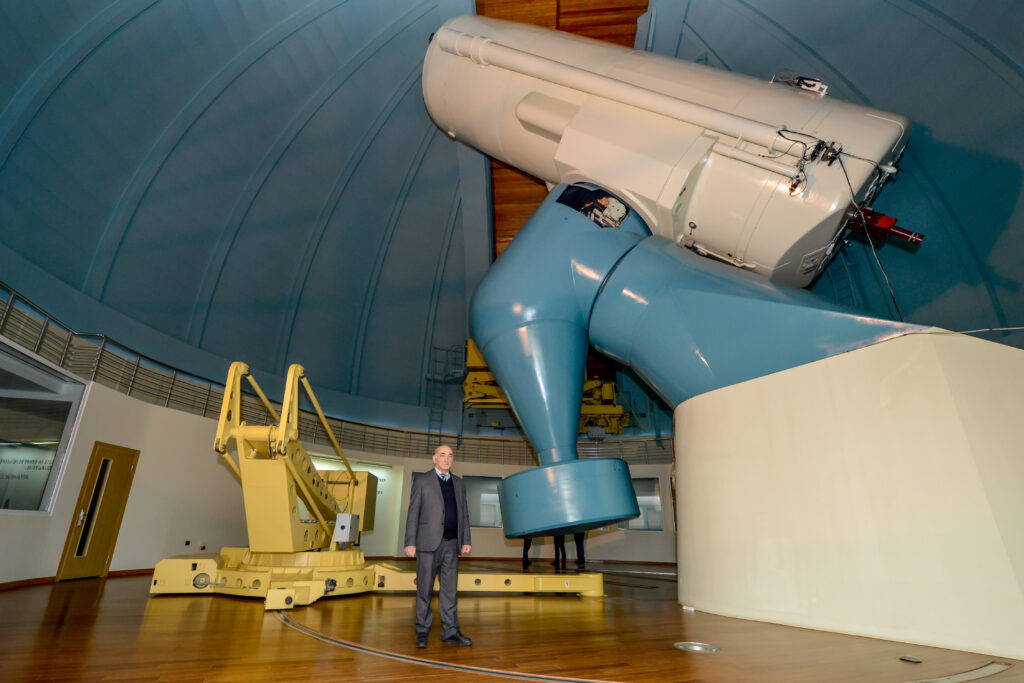 Inside Shamakhi Astrophysical Observatory in Azerbaijan
Inside Shamakhi Astrophysical Observatory in Azerbaijan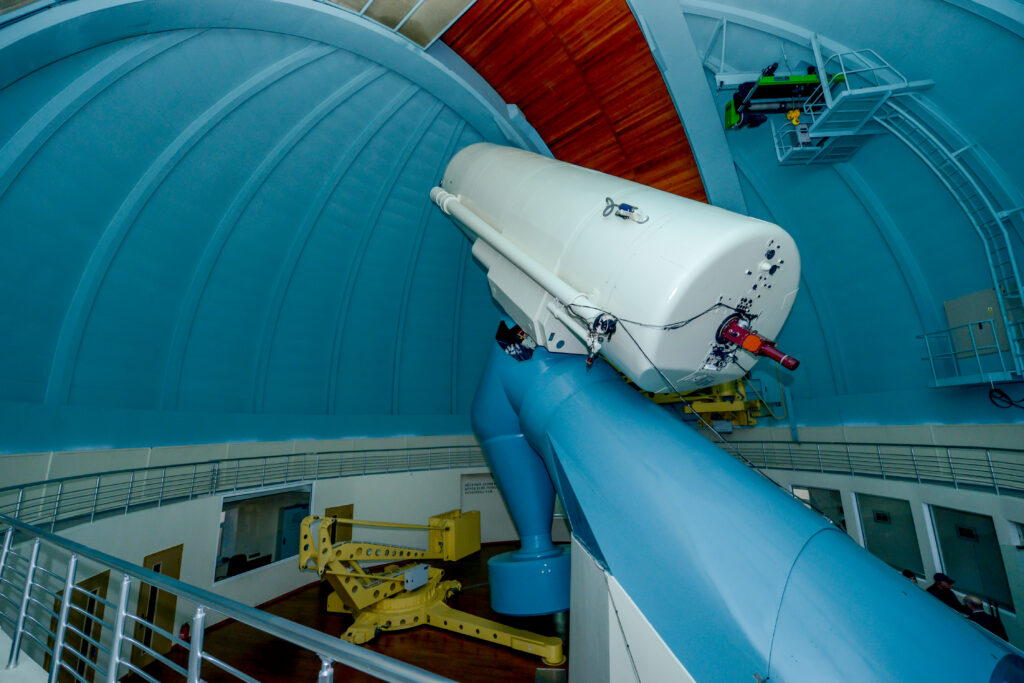 Inside Shamakhi Astrophysical Observatory in Azerbaijan
Inside Shamakhi Astrophysical Observatory in Azerbaijan Inside Shamakhi Astrophysical Observatory in Azerbaijan
Inside Shamakhi Astrophysical Observatory in Azerbaijan
Shamakhi Observatory has been collaborating with ‘Horizon 2020’ since January 2019 as part of the project Physics of extreme massive stars (POEMS), by conducting spectral analyses of giant stars.
Ten observatories in nine countries, including Azerbaijan, are involved in the project with a total of about 100 astronomers. The project also includes countries from Europe (Belgium, Czechia, Estonia, Germany and the UK) and Latin America (Argentina, Brazil and Chile). The project budget is about €80,000 and it is designed to run until 2022.
Why are giant stars interesting?
According to Janmammad Rustamov, National Project Coordinator at Shamakhi Observatory, the study of massive stars is important, because their evolution is associated with the origin of unusual astrophysical objects like Wolf–Rayet stars, neutron stars and black holes.
“At the end of their evolution, giant stars explode and their remains become a new celestial object. Whether this new object becomes a neutron star or a white dwarf depends on the initial mass of the giant star,” Dr Rustamov explains.
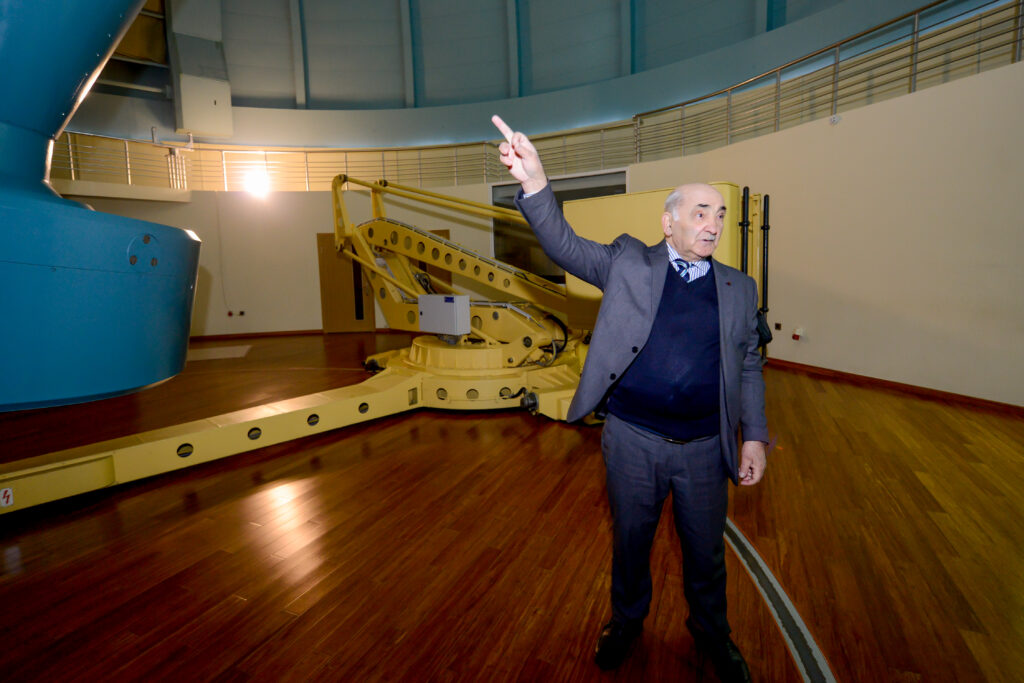 Dr Janmammad Rustamov inside Shamakhi Astrophysical Observatory in Azerbaijan
Dr Janmammad Rustamov inside Shamakhi Astrophysical Observatory in Azerbaijan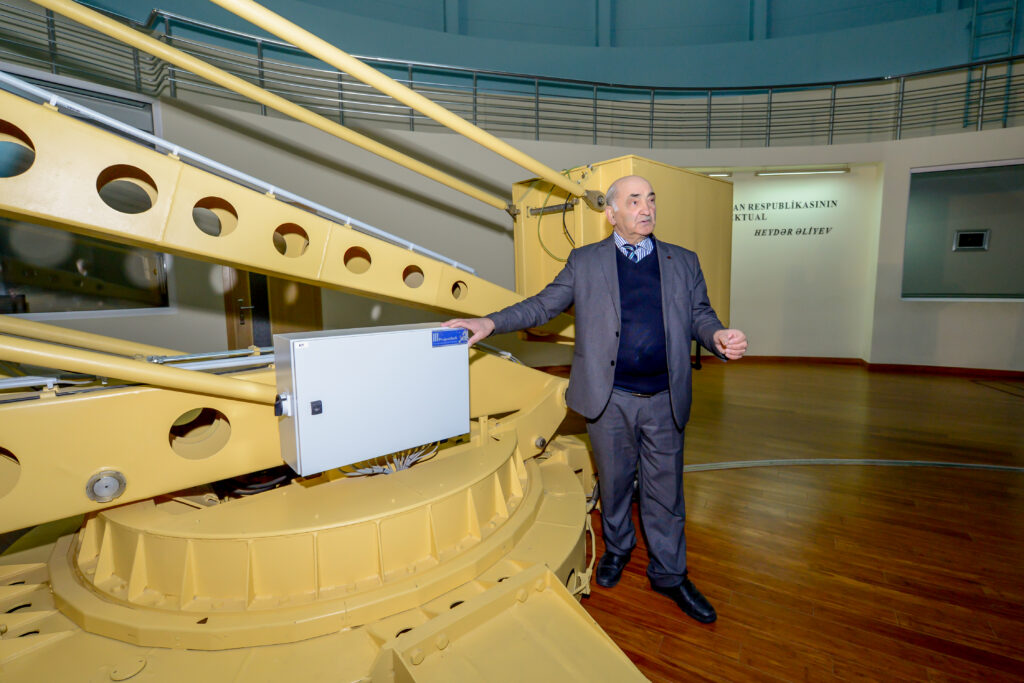 Dr Janmammad Rustamov
Dr Janmammad Rustamov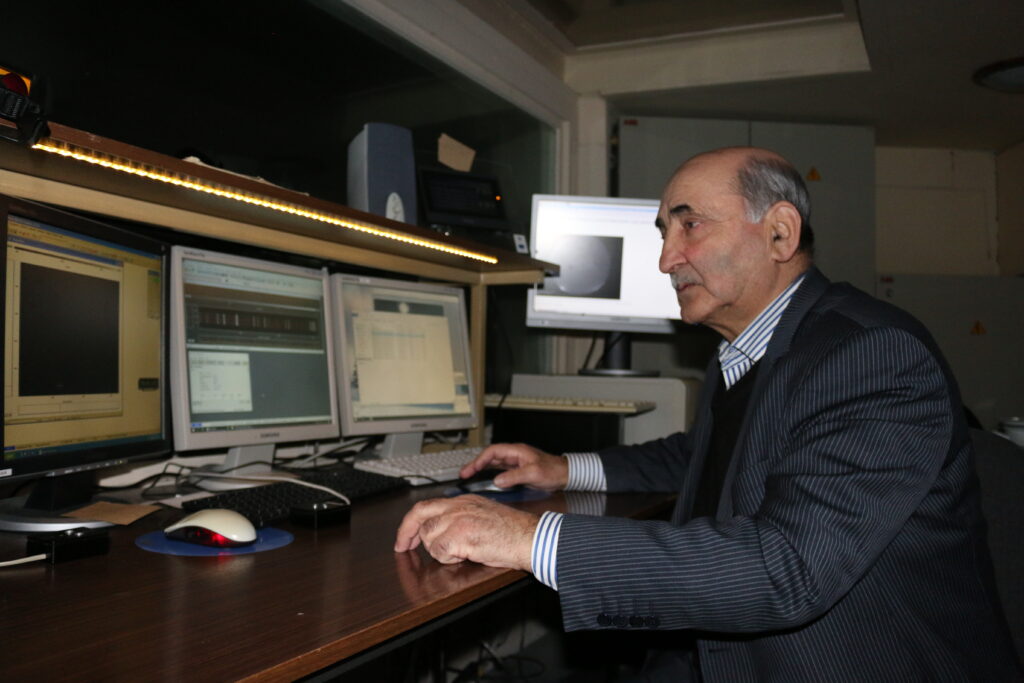 Dr Janmammad Rustamov
Dr Janmammad Rustamov
According to Dr Rustamov, who has more than 40 years of experience in astronomical science, the study of giant stars is also important because, as a result of their evolution and explosion, an enormous amount of heavy chemical elements is released into the interstellar medium; these are vital for the continuous process of star formation happening in the galaxy.
“That is why giant stars play an important role in the evolution of galaxies. And since galaxies are the main structural element of the universe, we can assume that the role of giant stars is extremely important for the evolution of the entire universe,” the scientist says.
How observations are made?
What is the essence of the spectral analysis of a star? It is to this method that the world owes its knowledge about the properties of distant celestial bodies – their chemical composition, mass, temperature, radius and other characteristics. Spectral analysis reveals a huge variety of stars to science; it tells us about their birth, evolution and death, and about the scale of the entire universe.
Observations of celestial giants at Shamakhi Observatory, located 144 km north of Baku, are carried out using a nine-meter telescope with a two-meter-diameter mirror.
This German-made equipment was brought to the observatory in the 1960s. However, in 2009, as part of the reconstruction and modernisation of the entire complex, the telescope control panel was upgraded.
The observation of celestial objects starts in the evening, as soon as it begins to get dark, and lasts until the early hours of the morning. However, the effectiveness of observation depends not only on astronomers’ enthusiasm, but also on the weather conditions. In wintertime, there are practically no observations, and the entire team of astronomers works at the Academy of Sciences in Baku.
Experience exchange
The main work in the framework of the project still lies ahead. But in 2019, the project participants united into a strong team, establishing contacts and exchanging experience. Currently, work on the project is suspended due to the COVID-19 pandemic.
In 2019, a number of scientific visits took place as part of the POEMS project. One of the first trips was the visit of Czech astronomer Olga Maryeva to Azerbaijan. The main purpose of her visit was to work with novice specialists on the subject of modelling massive stars to determine their physical and chemical parameters.
“Ten years ago, when I started to work on building atmospheric models, I had to learn everything on my own. That is why today I want to share this hard-earned experience and knowledge, so that it is easier for young astronomers to go from installing the code to getting their first scientific results,” Olga says on the POEMS website.
Azerbaijani astronomers also visited other observatories within the framework of the project, such as Ondřejov Observatory in Czechia and Tartu Observatory in Estonia. Scientist Sabina Mammadova from Baku, who has been working at Shamakhi Observatory since 2005, went on a study visit in Czechia.
She considers cooperation and the lively exchange with colleagues and like-minded people to be the main benefits of this trip:
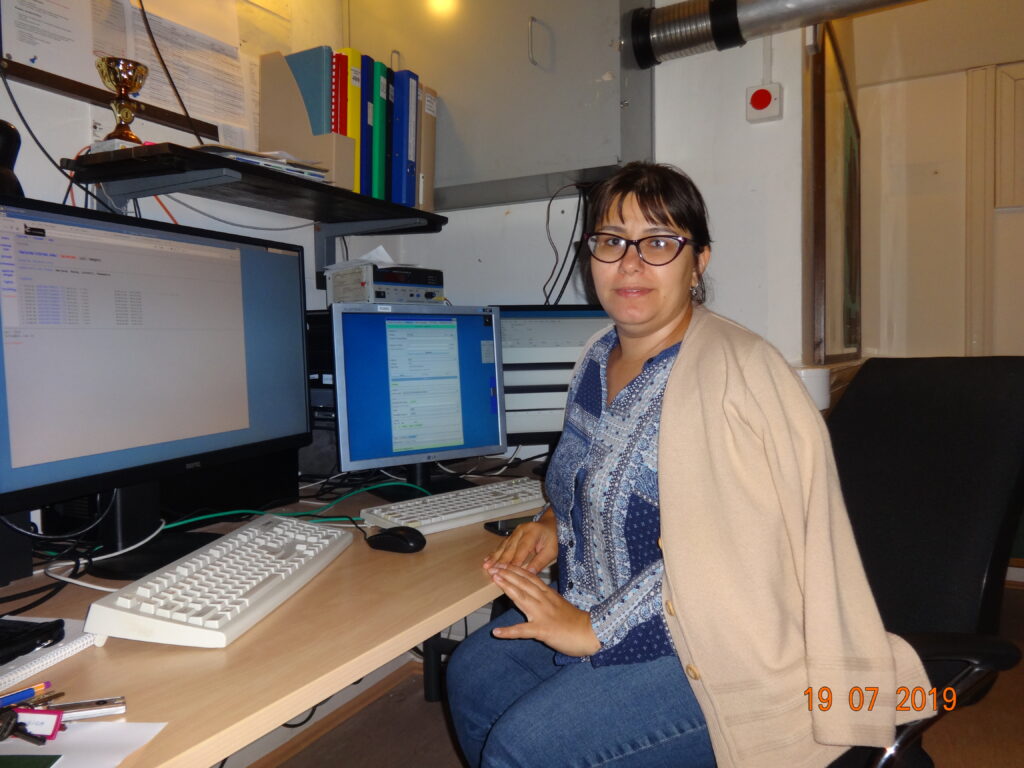 Dr Sabina Mammadova
Dr Sabina Mammadova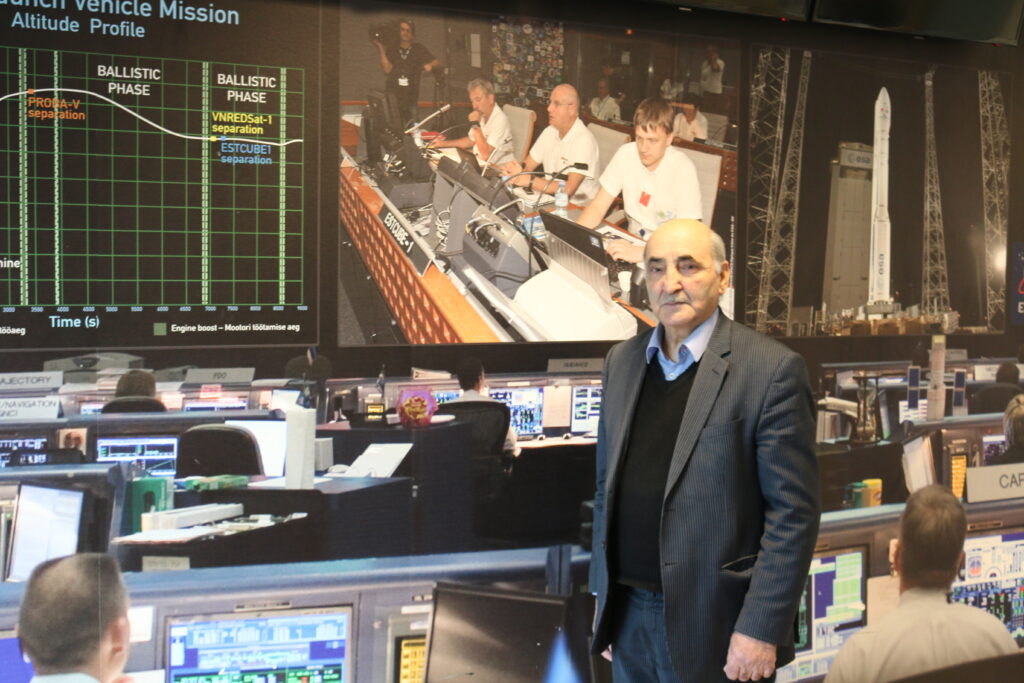 Dr Janmammad Rustamov
Dr Janmammad Rustamov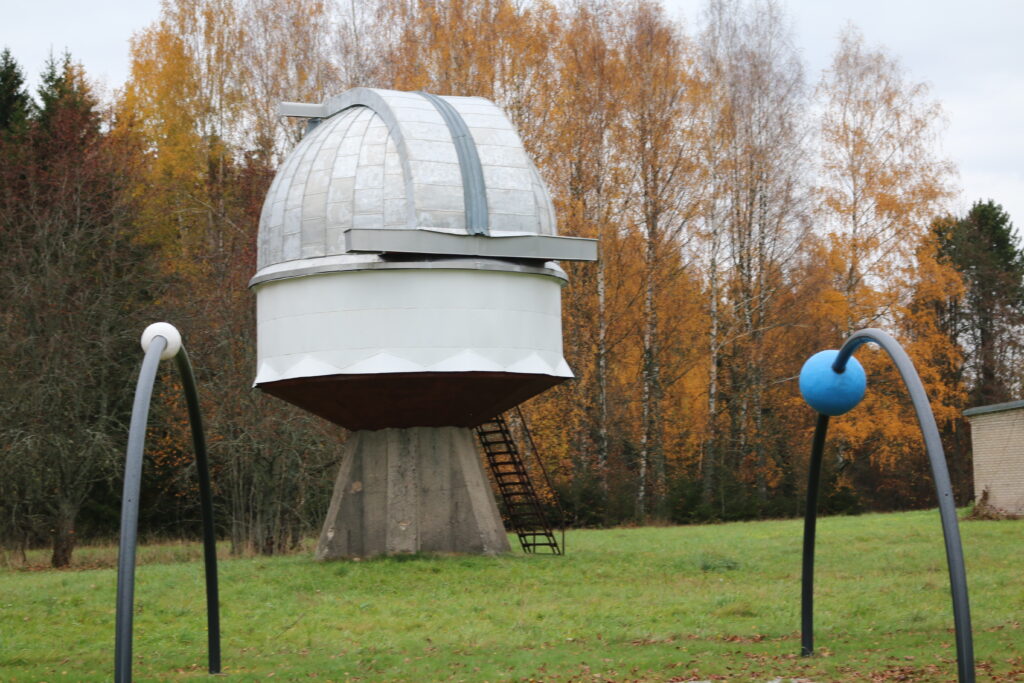 Model of telescope located in Tartu observatory (Estonia)
Model of telescope located in Tartu observatory (Estonia)
“In the process of work, we always follow the scientific publications of scientists from other countries. But it is one thing to read an article in a magazine, and another to attend a lecture where someone talks about their work and results with a spark in their eyes. It is very inspiring and motivating.”
According to Dr Mammadova, it was also interesting to see how astronomers in another country facilitate routine work processes with the help of technologies and automation, which makes it much faster to achieve the desired result.
Upon their return, Sabina and her colleagues started using some of the programmes shown by their Czech colleagues in their daily work.
But the Azerbaijani astronomer is convinced that Shamakhi Observatory also has something to share with its European colleagues:
“Although the main method of observing stars in the framework of this project is spectral analysis, we supplement it with photometric analysis. This allows us to see the radiation of a star and determine if there are flashes on it. It is important.”
International science network
Project Coordinator Dr Michaela Kraus from the Astronomical Institute of the Czech Academy of Sciences says that the main goal of the POEMS project is to unite and transfer knowledge between partner institutes, which complement each other with skills and knowledge in a common research subject.
“The employees of Shamakhi Observatory supplement our research group with knowledge in the field of research of extreme massive stars, providing valuable experience,” she says, noting the important role of the two-metre telescope in the observations.
Dr Kraus says the project has contributed to the creation of a scientific network of cooperation between the involved research institutes, which will live on years after the project’s completion. She believes that the mobility of young scientists will eventually lead to this network covering new countries around the world.
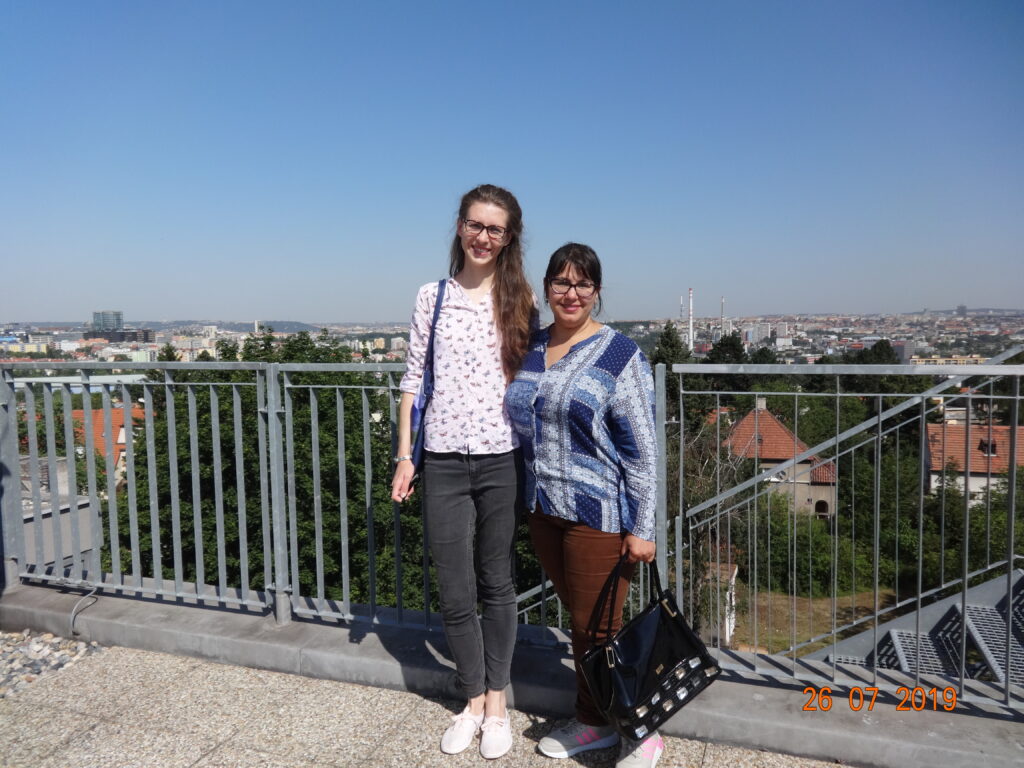 Dr Mammadova during her trip to Czechia
Dr Mammadova during her trip to Czechia Dr Rustamov and Dr Mammadova with other scientists
Dr Rustamov and Dr Mammadova with other scientists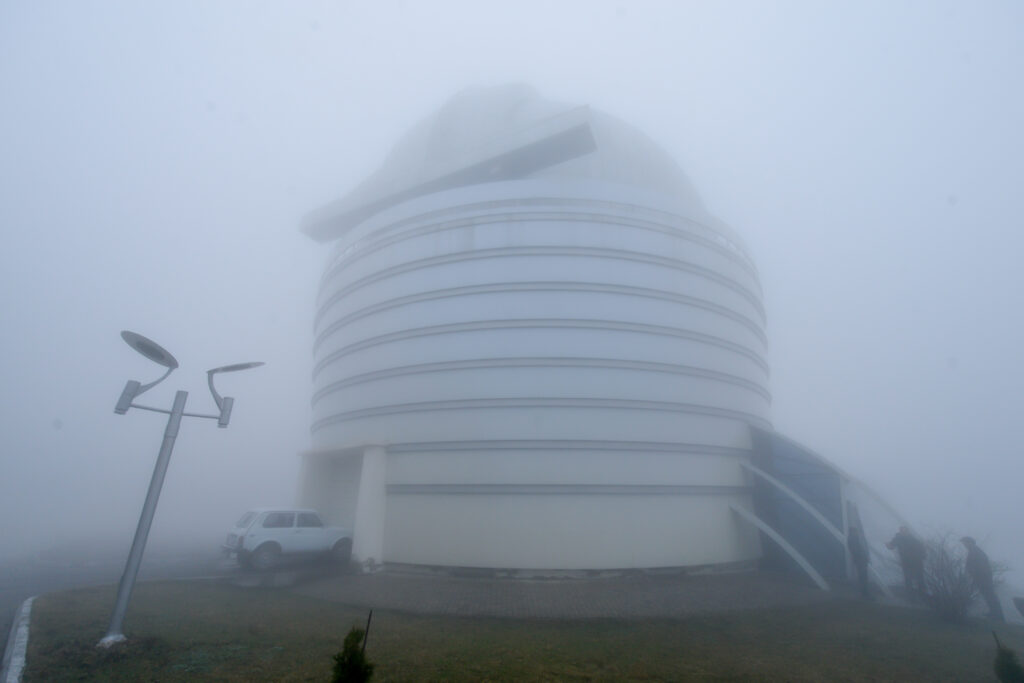 Shamakhi Astrophysical Observatory in Azerbaijan in February 2020
Shamakhi Astrophysical Observatory in Azerbaijan in February 2020
Dr Rustamov is certain that astronomical science is impossible without cooperation:
“We always conduct research in cooperation with foreign partners, because our observations depend on the sky, which is not ‘open’ every day. International partnership allows us to collect the necessary material in a much shorter time.”
Upon the project’s completion in 2022, a joint conference is planned to be held in Czechia, during which all results will be presented to the scientific community. The project results will be published in one of the international scientific journals, and will also be made available in an easy-to-understand format for the general public. You can follow updates about the project on the POEMS website.
Author: Elena Ostapenko
Article published in Russian and Azerbaijani by 1news.az
MOST READ
SEE ALSO

No, time is not on Russia‘s side

I have no regrets: the Azerbaijani women trained to clear mines
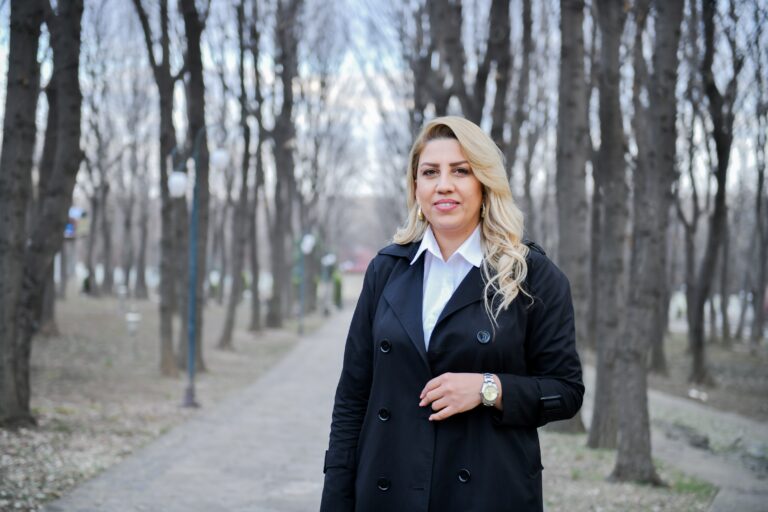
Turning a hobby into business: how Vusala Akhmadova from Tovuz helps women and children develop

Be one step ahead of a hacker: check simple cybersecurity tips!
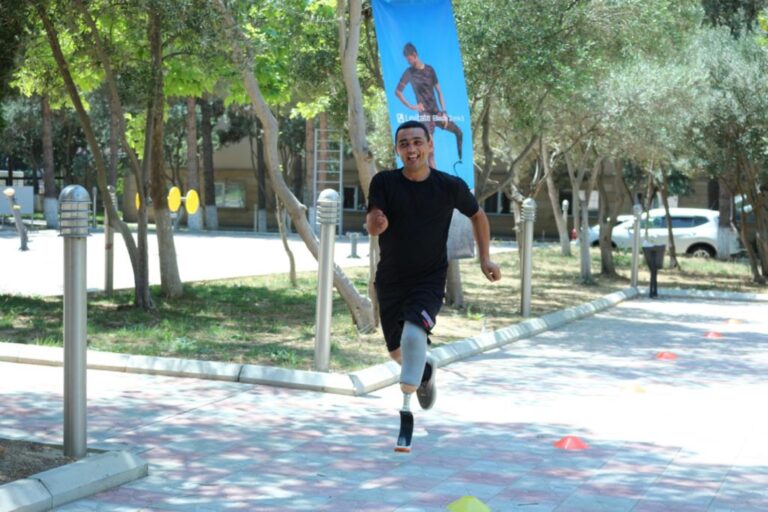
A chance for a better life: restoring justice for people with disabilities in Azerbaijan
More campaign pages:
Interested in the latest news and opportunities?
This website is managed by the EU-funded Regional Communication Programme for the Eastern Neighbourhood ('EU NEIGHBOURS east’), which complements and supports the communication of the Delegations of the European Union in the Eastern partner countries, and works under the guidance of the European Commission’s Directorate-General for Neighbourhood Policy and Enlargement Negotiations, and the European External Action Service. EU NEIGHBOURS east is implemented by a GOPA PACE-led consortium. It is part of the larger Neighbourhood Communication Programme (2020-2024) for the EU's Eastern and Southern Neighbourhood, which also includes 'EU NEIGHBOURS south’ project that runs the EU Neighbours portal.

The information on this site is subject to a Disclaimer and Protection of personal data. © European Union,







